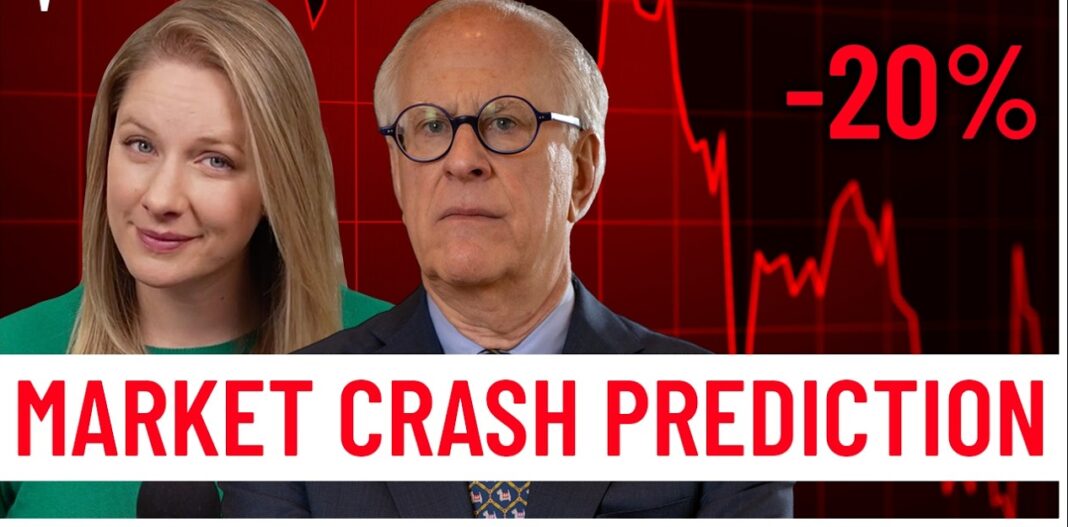Understanding Market Cycles and the Election Year Impact
Market analyst Mark Chaikin emphasized how election cycles influence stock market trends. He explained that presidential election years tend to bring bullish momentum, as seen in 2021, 2017, 2013, and 2009. However, the second year of a presidential term, such as 2026, often faces downturns. Historical patterns suggest a significant market correction may occur in March 2026.
Factors Contributing to the Predicted 2026 Market Downturn
Chaikin outlined multiple forces that historically impact market downturns in the second year of a presidential term:
- Regulatory Adjustments: New administrations push reforms that can affect corporate profits.
- Market Sentiment Shifts: Initial investor optimism fades as policy impacts become clearer.
- Economic Policy Uncertainties: Tax changes, trade policies, and spending shifts create volatility.
The analysis suggests a potential bear market with a 20% correction by mid-2026.
Industries at Risk in a 2026 Market Decline
Tech Sector Vulnerabilities
The technology sector remains overvalued, with specific stocks showing signs of speculative excess. Investors should monitor high-risk assets, particularly those associated with ARK Innovation Fund, as they may signal broader market weaknesses.
Homebuilding and Commodities
Housing-related industries could face challenges. Rising commodity prices, including lumber and copper, may increase construction costs, impacting homebuilders and associated industries. Trade negotiations with Canada and Mexico will also play a role.
Energy Sector Expectations
While energy stocks have performed well, potential shifts in U.S. drilling policies could impact the industry. Investors should stay updated on policy changes affecting oil and gas operations.
Investment Strategies Leading into 2026
Opportunities in Strong Sectors
Despite the anticipated correction, specific sectors remain strong. According to Chaikin’s Power Gauge model, the financial sector, consumer discretionary, travel, and technology stocks exhibit resilience heading into 2025.
Diversification and Risk Management
To navigate uncertainty, investors should consider:
- Diversifying across multiple industries
- Monitoring regulatory changes
- Focusing on quality stocks with strong fundamentals
Nuclear Energy Stocks: A Growth Opportunity
Analysts highlight nuclear energy as a promising sector. Reports suggest that specific nuclear energy stocks could deliver substantial returns in 2025 and beyond.
Future Outlook and Market Predictions
What to Expect in 2025 and 2026
- Stock Market Strength in 2025: A bullish trend is likely as the economy stabilizes.
- Correction by Mid-2026: Historical patterns indicate a downturn around March 2026.
- Sectoral Shifts: Overvalued technology stocks and homebuilders may decline, while financial and consumer discretionary stocks could remain strong.
- Energy and Commodities Impact: Policy shifts and price fluctuations will shape investment strategies.
Investors should remain proactive and adaptable, tracking emerging trends and policy changes for optimal decision-making.
Disclaimer
This article is for informational purposes only. The information presented is based on publicly available data and does not constitute financial, trade, or investment advice.
Liam Baker is a labor market researcher with expertise in workforce automation and employment trends. His insights have appeared in multiple HR and economics publications.



